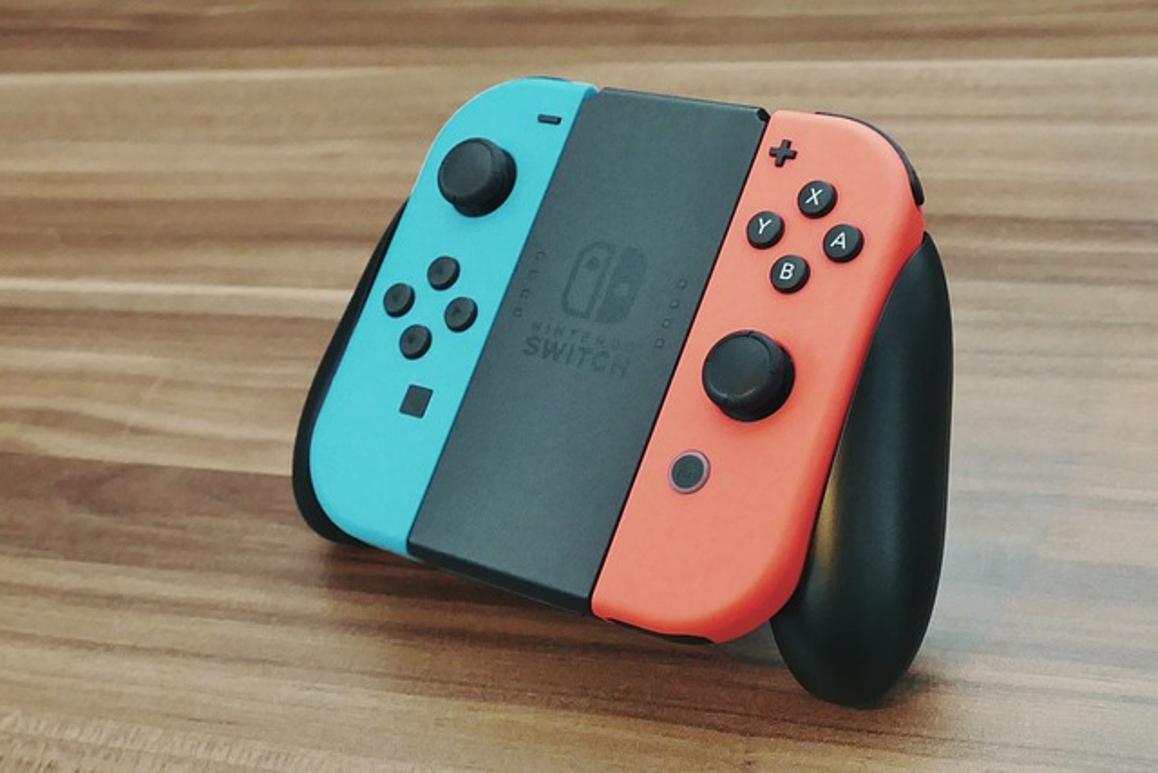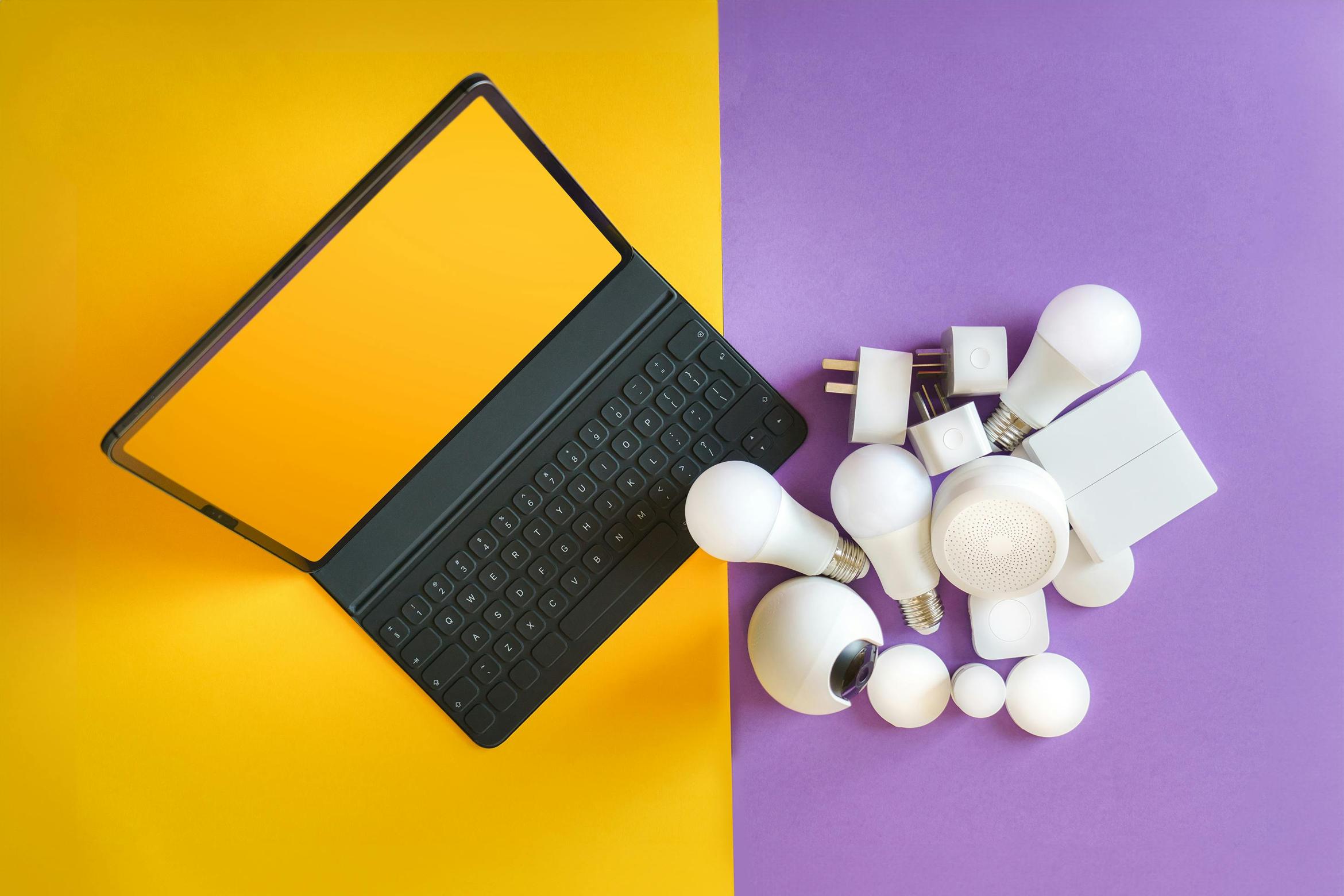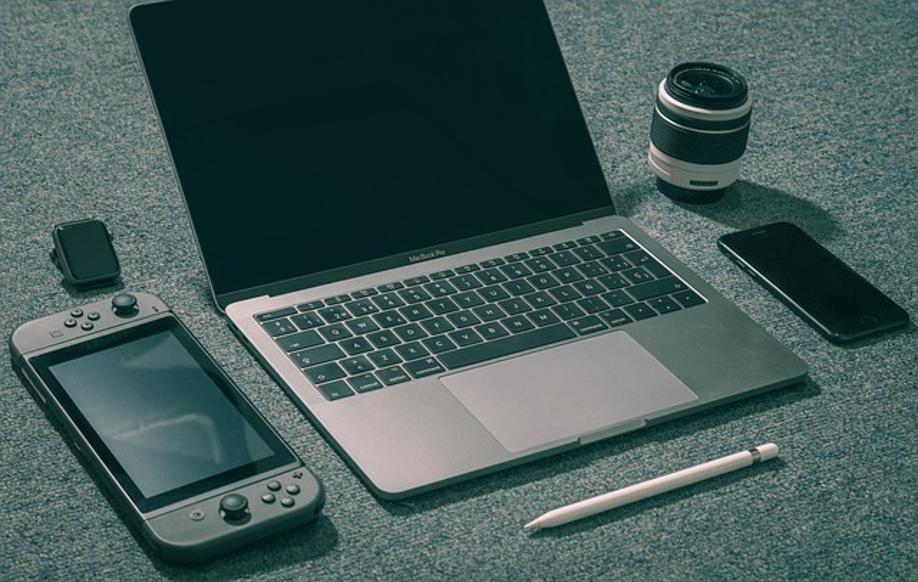How to Connect Nintendo Switch to Laptop
Introduction
Connecting a Nintendo Switch to a laptop can be a game-changer for those who want to enjoy a more versatile gaming experience. Whether you’re aiming to stream gameplay or simply desire a larger screen, this connection can greatly enhance your use of the Nintendo Switch. This guide is designed to simplify the process, breaking it down into manageable steps so you can get your devices linked effortlessly. By the end of this article, you'll know exactly what you need and how to set everything up seamlessly.

Understanding the Basics
Before diving into the setup process, it’s crucial to comprehend how connecting a Nintendo Switch to a laptop works. This isn’t as straightforward as connecting a simple HDMI cable. The Nintendo Switch doesn't directly support output to a laptop. Therefore, an intermediary device, specifically a capture card, is required to bridge the gap between the two devices.
A capture card functions as a middleman, converting the Nintendo Switch’s video and audio output into a format that can be interpreted by the laptop. Additionally, you’ll need software to mirror the Nintendo Switch’s display on your laptop screen. Once these elements are in place, your laptop can function as a display device for your Nintendo Switch, allowing for streaming and recording if desired.

Required Equipment
To connect your Nintendo Switch to your laptop, you'll need several key pieces of equipment:
List of Necessary Items:
- Nintendo Switch Console: Your primary gaming device.
- Capture Card: This is a critical component that captures the video signal from your Nintendo Switch and transfers it to your laptop.
- HDMI Cable: To connect your Nintendo Switch to the capture card.
- USB Cable: For connecting the capture card to your laptop.
- Laptop: The device where you'll mirror your Nintendo Switch’s screen.
- Mirroring Software: Software that allows your laptop to display the captured video feed.
Recommended Brands and Products:
Selecting the right products can make the process smoother. For capture cards, brands like Elgato, AVerMedia, and Razer are highly recommended due to their reliability and performance. The Elgato HD60 S is a popular option among gamers for its ease of use and high-quality streaming capabilities. Equally important is the mirroring software. Open Broadcaster Software (OBS) is highly recommended since it’s free, versatile, and widely supported.
Step-by-Step Setup Guide
Now that you have all the necessary equipment, let’s proceed to the setup process.
Setting Up the Capture Card
- Unbox the Capture Card: Start by unboxing your capture card and reviewing the included components such as cables and user manuals.
- Install Drivers: Some capture cards require additional drivers to function correctly. Visit the manufacturer’s website to download and install the latest drivers if needed.
Connecting the Nintendo Switch to the Capture Card
- Attach HDMI Cable: Plug one end of the HDMI cable into the HDMI OUT port on your Nintendo Switch dock.
- Connect to Capture Card: Insert the other end of the HDMI cable into the HDMI IN port on your capture card.
Linking the Capture Card to the Laptop
- Connect USB Cable: Use the USB cable to connect the capture card to an available USB port on your laptop.
- Verify Connections: Ensure that all cables are securely connected to avoid issues with the signal.
Using Software to Mirror the Nintendo Switch Screen
- Install OBS or Preferred Software: Download and install OBS or any other preferred mirroring software.
- Set Up a New Scene: Open OBS and set up a new scene. Add a new source and select 'Video Capture Device'.
- Select Capture Card: Choose your capture card from the list of devices. Adjust settings as needed to optimize display resolution and frame rate.
- Start Streaming or Recording: Click on 'Start Streaming' or 'Start Recording' as desired.
Common Issues and Troubleshooting
Even with careful setup, you might encounter a few common issues. Here’s how to address them:
Troubleshooting Connection Problems
- Check Cables: Ensure all cables are firmly connected.
- Update Drivers: Make sure all drivers are up-to-date.
- Restart Devices: Sometimes, a simple reboot of your Nintendo Switch, capture card, and laptop can resolve connection issues.
Lag Issues and Their Solutions
- Lower Resolution: Reducing the resolution can reduce lag.
- Close Background Programs: Shut down unnecessary applications on your laptop to free up processing power.
Audio Sync Problems and Fixes
- Check Audio Settings: Ensure the audio settings in OBS are correctly configured.
- Update Software: Sometimes, updating to the latest version of OBS can fix audio sync issues.
Enhancing the Experience
Once your Nintendo Switch is connected to your laptop, you might want to optimize your setup for a better experience.
Optimizing Display Settings
- Adjust Brightness and Contrast: Tweak these settings to ensure the image on your laptop screen is clear and vibrant.
- Fullscreen Mode: Use fullscreen mode in OBS for a more immersive experience.
Recommended Software for Recording and Streaming
- OBS: This software is highly versatile and widely used for both recording and streaming.
- Streamlabs OBS: A more user-friendly version of OBS, particularly suited for beginners.
Additional Accessories for Better Gameplay
- External Microphone: Enhance audio quality during streams with an external mic.
- Webcam: If you plan to stream yourself while playing, a good quality webcam is essential.
- Capture Card with Low Latency: To minimize input lag, consider investing in a high-quality, low-latency capture card.

Conclusion
Connecting your Nintendo Switch to your laptop opens up numerous opportunities for enhancing your gaming experience. By following this guide and ensuring you have the right equipment, you can easily mirror your Nintendo Switch’s display on your laptop. With troubleshooting tips and suggestions for enhancing your setup, you’re well on your way to elevating your gaming experience.
Frequently Asked Questions
Can I connect my Nintendo Switch to a laptop without a capture card?
No, a capture card is necessary as the Nintendo Switch doesn’t support direct video output to a laptop.
What software do I need to display my Nintendo Switch on my laptop?
OBS is recommended due to its versatility and support, but other software like Streamlabs OBS can also be used.
Why is there a lag when I connect my Nintendo Switch to my laptop?
Lag can be caused by high resolution settings, background applications, or a lower-quality capture card. Reducing resolution and closing unnecessary programs can help reduce lag.



